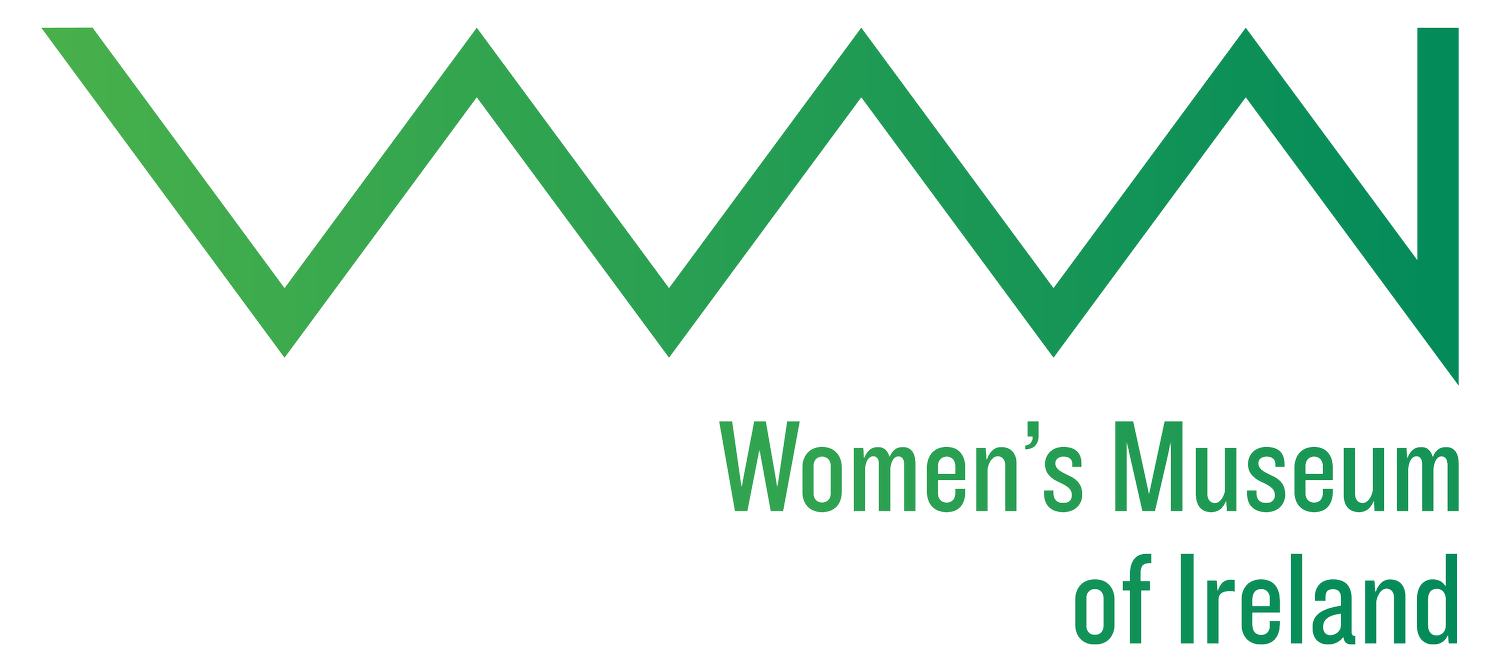Mary Moore
1798 rebel
Detail from George Cruikshank illustration, which appears in History of the Irish Rebellion in 1798 by W.H. Maxwell, Esq. (1894). [John J. Burns Library]
For a few short days in May 1798, the fate of the Rebellion lay in the hands of Mary Moore as she sought shelter for Lord Edward Fitzgerald. Mary was born around 1775-6, in Dublin, to ironmonger James Moore and his wife, who owned the Yellow Lion Inn on Thomas Street. Mary and her father were both members of the United Irishmen.
Richard Madden, the well-known historian of the United Irishmen, interviewed Mary Moore in 1842 and acknowledges her as the source of much of his information on Lord Edward and his associates. The Moore’s home was one of Fitzgerald’s safe houses in Dublin. Madden reports, “Lord Edward, while under Moore’s roof, passed as the French tutor of Miss Moore, who had been educated at Tours, and they never spoke unless in French”.
Mary was also a courier for Fitzgerald. Years later, WJ Fitzpatrick, in his book The Sham Squire and the informers of 1798, quotes Mary’s son, Edward Mac Cready, “She was a woman of much strength of character, and carried the different letters between Lord Edward and the other United Irishmen. While acting in this capacity, she usually went as a patient in Dr Adrien’s carriage, with her arm bandaged up, and her clothes marked with blood”.
In May 1798, Fitzgerald was staying at Moore’s. They were tipped off that the place was going to be raided. James had to flee and Mary had to urgently find refuge for Fitzgerald. She turned to Francis Magan, a trusted United Irishmen sympathiser, who agreed to hide him. On May 18th, Mary accompanied Fitzgerald and his bodyguards to Magan’s. Major Sirr intercepted them but Fitzgerald escaped and Mary brought him to Nicholas Murphy’s house in Thomas Street.
The following day, when Magan called to ask why Fitzgerald hadn’t arrived, Mary explained what had happened and, unbeknownst to her, Magan informed Dublin Castle. The Moores was raided that day but Mary remembered that the Leinster Directory was meeting nearby in James’s Gate. She ran to warn them that the militia were close by. As she returned, one of the soldiers said, ‘There’s that croppy b-h again,’ and attacked her with his bayonet, cutting her across the shoulders. A United Irish sniper, who had been on lookout while the Directory met, shot dead Mary’s assailant.
That evening, Major Sirr and the militia arrested Fitzgerald at Murphy’s after a violent struggle. He died in prison of his wounds on June 4th. His removal left the Rebellion in Dublin without any military commander, and the city was key to its success or failure throughout the rest of the country.
James Moore was arrested in Co Meath in July by Captain Gordon of the Dumfries Regiment. He was imprisoned in Dublin Castle for over a year. This left Mary in a vulnerable position and she married John Mac Cready in August 1798. The Rebellion had turned her life upside down; according to Madden, “There can now be no impropriety in stating that the attachment which subsisted between MacNeven [one of the leaders of the United Irishmen] and Miss Moore was not solely a political one, and that there was a very ardent desire on the part of the former to make the fair Roland of her day, an Irishwoman, legally united to him.” However, MacNeven had been arrested in March. He was imprisoned for several years, first in Dublin and then in Scotland.
As for her father, it became increasingly likely that he would be tried and probably deported. Ever-resourceful, Mary bribed the prison doctor to state that James was mad! He returned to his business and died in 1830, leaving his estate to his wife and daughter.
Mary had an idea herself about who had betrayed Edward Fitzgerald. When Madden interviewed her, he had asked her who she thought the traitor was. Afterwards, she told her son, “Charity forbade me to express a suspicion which I have long entertained, that Magan was the betrayer; but when I see Moore, in his Life of Lord Edward, insinuating that Neilson was a Judas, I can no longer remain silent. Major Sirr got timely information that we were going to Usher’s Island. Now this intention was known only to Magan and me; even Lord Edward did not know our destination until just before starting. If Magan is innocent, then I am the informer.”
Mary died on 17 April 1844, according to the notice published in the Freeman’s Journal, “…of a tedious illness, which she bore with the greatest Christian resignation, deeply regretted by a numerous circle of friends, to whom she was endeared from her many amiable qualities, as well as from the distinguished historic recollections, with which her name has been so honourably identified.”
Audrey Mac Cready
Sources
WJ Fitzpatrick, The Sham Squire and the Informers of 1798, 1866,110, 123; appendix Mr Macready’s statement, 181. - RR Madden, Lives and Times of the United Irishmen, Vol 1, 140, 406; Vol III, 202. - List of Prisoners and Report of their Crimes, Provost, August 22 1799, Rebellion Papers, National Archives of Ireland. - Madden’s papers, Trinity College Library.

